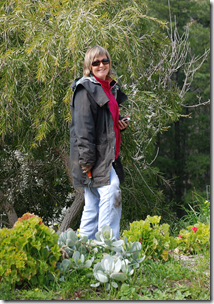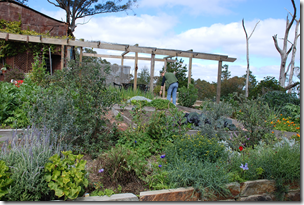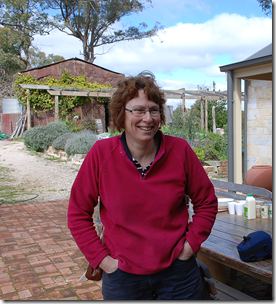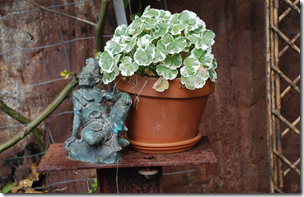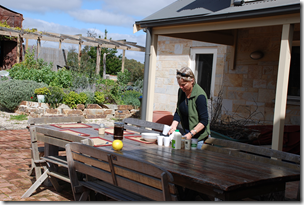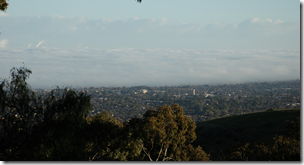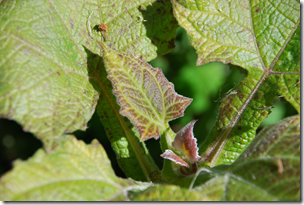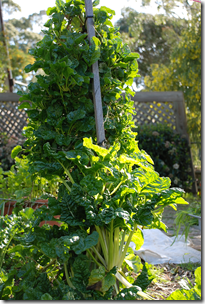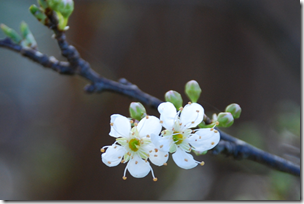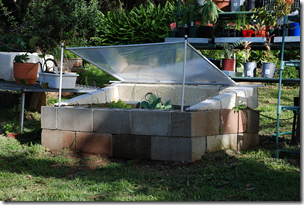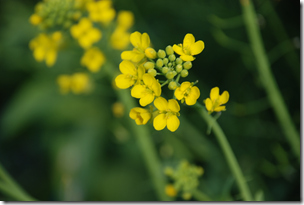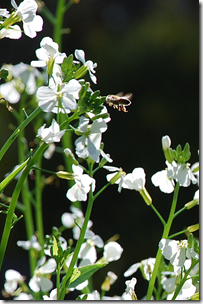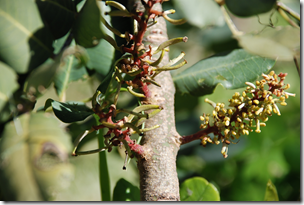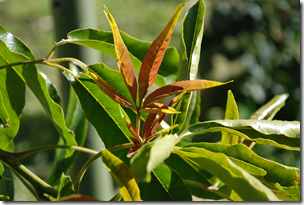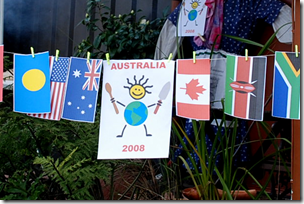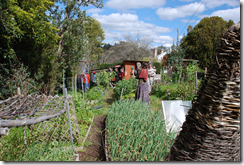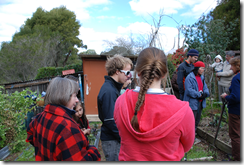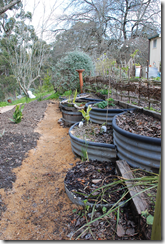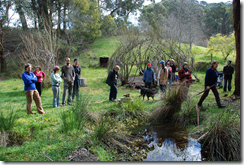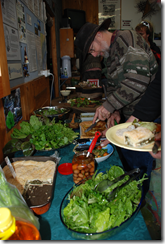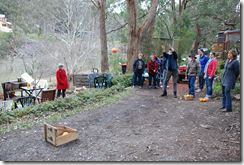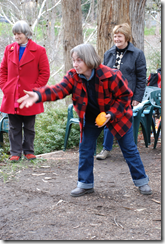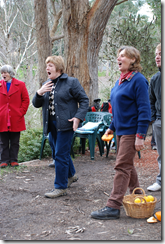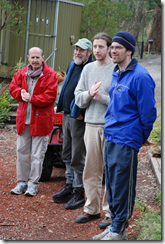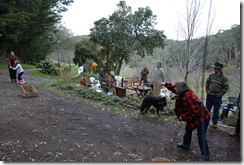Well I’ve yelled at the radio one too many times, read too many letters to the editor all with the same mantra ‘don’t buy Australian rice!’ The media continue to beat up this issue with no facts pitting one community against another. ‘The lower lakes will be saved if we don’t grow rice, send the water stored to SA….and on and on it goes.’ Yes I know I have Murrumbidgee water running through my veins and a heritage that includes mixed farming on an irrigated property that included rice in its rotation but I’m fast seeing how wars begin when I see one community that is hurting being pitted against another that is also suffering while our so called leaders have done nothing for year and now when it reaches crisis point still wont make real decisions.
In my experience of living in SA for around 30 years is that they have no clue where rice is grown in our country. When explaining my background most thought I came from NT, Queensland and with the radio it now seems rice is grown somewhere on the Darling River WRONG. Check out the map.

When considering this area it helps to know the history as well as the geography (not taught in SA schools) After a devastating drought in 1902 the NSW government proposed a water conservation and irrigation in the Murrumbidgee Valley, it was approved in 1906 as the ‘Barren Jack and Murrumbidgee Canals Construction Act ‘and the scheme to turn the water inland was launched. The scheme is normally referred to as ‘The MIA’ and covers 182,000 hectares.
Leeton was the first Irrigation towns developed in Australia in 1913 and is the heart of SunRice. Leeton has a population of 12,000 and Griffith the other main town in the Murrumbidgee irrigation Area, now a rural city has a population of 24,000. Both these towns where designed by Walter Burley Griffin and feature the distinctive radial town design.
The farms are generally small family enterprises. Horticulture is based on stone fruit, citrus and increasingly wine grapes. Mixed farms were based on a range of crops including wheat (soft for biscuit) oats, barley, rice, sorghum, fat lambs, beef cattle, pigs, top quality pasture hay. Our farm was 200 acres, grew all these crops. Rice was grown on a 5 year rotation and each farmer was allowed to grow 60 acres. (This amount sometimes changed)
Drought was a common part of life, we also had a non irrigated property 10 miles down the road that grew a range of cereal crops depending on the season and ran merino sheep. We spent a lot of time carting water to these sheep during droughts. Our house ran on rainwater and by the end of spring each year, my father would remove the handles from half the taps in the house. Our bath water came from a dam and you could never see the bottom of the bath unlike town water. So although it was an irrigation property there was a strong awareness of drought and water conservation unlike most who grew up in towns and cities during the 60s and 70s.
Ok that was then what about now. Last summer my mother told me did not water her garden once because the farmers had no water why should she be allowed to have a garden. The town has a 50% water allocation and Stock and domestic have a 40% allocation (Water for farm house and stock only) although
some rice was grown this year mainly with underground water.
The most devastating results of this crisis which has been bad for at least 8 or so years is the loss of diversity. Many of the mixed farms have been sold for or converted to wine grape production. Total monocultures! Although I enjoy a glass wine I cannot understand the push to cover every piece agricultural land with vineyards and they are all irrigated! Many years ago when I was young and the MIA wine growing area was starting we were told that this wine along with those from the SA’s Riverland and Victoria’s Sunraysia was in some way inferior because it was irrigated now it seems all vineyards are irrigated. But it’s easier to convince the powers that be with a bottle of wine than a sack of rice or box of oranges.
There are no easy answers , over the years water efficiency , conservation method and yields have all improved and at present there are
many ongoing research projects being carried out both here and overseas as this is a world wide problem. MIA rice growers SunRice is still the most efficient water to yield growers in the world and grow the only disease free rice in the world.
Its time to work together and stop pitting one community against another. We should support all our farmers and their communities otherwise the countryside will be empty and the cities crowded .
NO FARMERS
NO FOOD
NO FUTURE
A future seedsavers event may be veiwing 'Rice growing in the Riverina '


